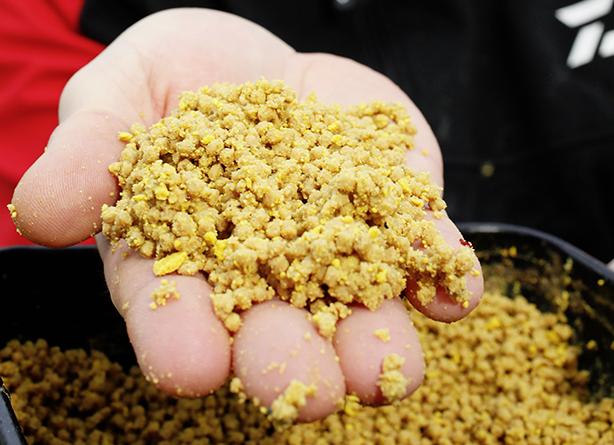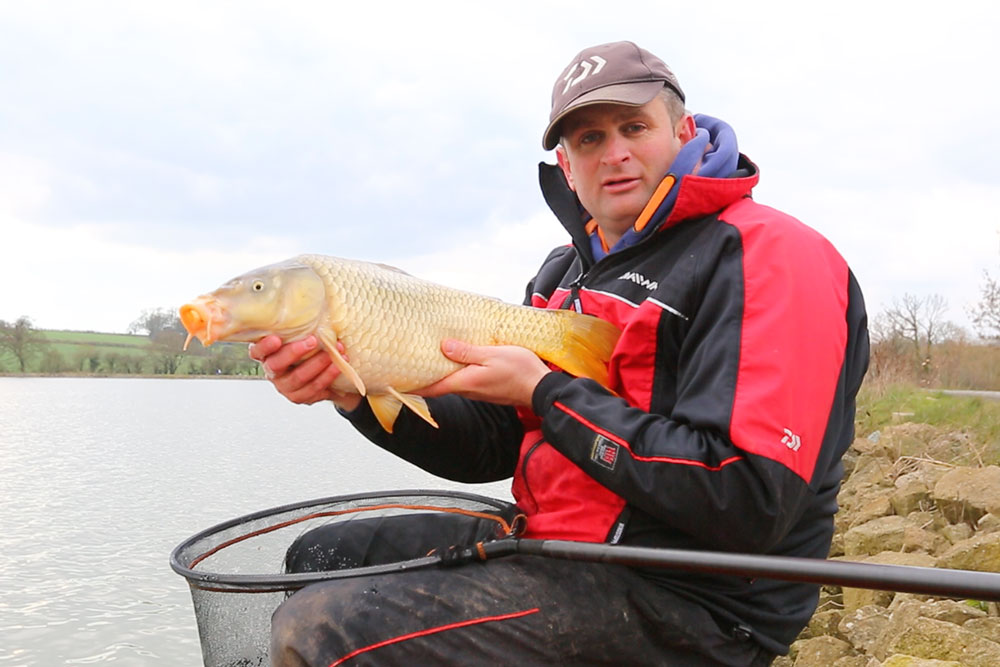The new feeder fishing season is coming soon. Having missed the favourite occupation that many anglers renovate their arsenal and also spend long winter evenings watching thrilling videos and reading multiple articles. Can’t excluded amateurs of method rigs as well as carp fishing; there is always a place for experiments and all sorts of experiences. Bringing together the available data, we presented for the fishermen the “8 feeder tips that will afford to catch more fish” made by maestro Steve Ringer.
Eight feeder fishing tips that will afford you to catch more fish
- A large hook – a giant fish!
The central dwellers of the majority of the commercial reservoirs are carps approximately 2−4 kilograms. Mainly these fish are the primary objects of catching on the flat. At first blush, the fish is not large sized, but look at her mouth – it is enormous! For that very reason, the fact becomes essential when choosing a hook. If the fishing conditions allow the best option is the unique carp hook (small forearm, broad forged hand−line) № 10 (Model QM1). It may look large, but in comparison with the mouth of four−kilogram carp, it is just a bitty one! Moreover, usage of this model has the positive impact on the number of effective strikes−decreasing of the amount of fish while biting and running out almost eliminated.

- A heavy feeder it is the key to success!
The feeder method is practically always catching from a long distance. Therefore the correctly selected weight of the feeder is one of the crucial factors of successful angling. That is why in my stockpile I have three type sizes of feeds− medium in weight 42 gram and large feeders in weight 45 and 55 gram.
If the conditions permit, I start fishing using the heavy feeder in weight 45 gram. I think that in large reservoirs size of the feeder plays an important role: the more prominent it is−, the easier for fish to find the rig. With the development of the situation, while I was monitoring the flop in nibbling and the feeling that fish «springs back», I start using the 55-gram feeder, it helps me keep fishing, without losing the accuracy.

If I need to go further, I reduce the weight of the feeder and choose the medium model in weight 45 gram. Believe it or not, but precisely this model helps me to do the longest casts− this feeder vacillates much less.
- The longer rod− the further cast!
In most cases occurring while my fishing sessions, I have to fish at a distance of 100 meters and even more, therefore the proper choice of the fishing rod plays the crucial role. I nearly always have the Daiwa Tournament SLR in length 13 and 14 foot.

At the very beginning, I start fishing with the shorter type and keep working as long as there are the active nibbles. When I notice that fish is shifting from the feeding table, I launch the 14-foot model. It gives me the 10−15 new meters in flying distance− in the most cases this is what exactly I needed!
- «Blow» the attractive ability of your feeder!
Generously provided my pellets with various flavour boost (attractants similar to Korda Goo), I substantially boost the visual attractiveness of my bait. It is vital while fishing in muddy or bloom water when the sight is not the primary source of information for fish. You don’t need a lot of attractant− it is enough to use a one drop with the size of the pea to provide the extensive and stable plume arresting the fish. I use this attractant in two different ways: if the fish is active and the nibbles are regular−, I smear the top of the full feeder. If I have a long wait for a bite, I add the attractant with stoppers, placing it between the coats of the pellet. In some instances, I combine both methods maximising the intensity of the plume of this supplement. My favourite smells are Pineapple and Caramel but in some situations “fires” Power Smoke.

- Method mix or pellets?
When I am asked a question about what is better to apply for method fishing – classical «free−running» blend or the soaked pellets, I can’t give a definite answer. All depends on the specific situation: the sort of the water pond and the feeding preference of the fish. If I plan to go to a new place, without any doubt, I give a choice to a soaked pallet. For me, the best one is the two-millimetre Ringers Method Micros. I wet them in the evening to each fraction equally soaked in water and has the necessary texture.

- Use the slight angling line!
It often thinks that for catching a big fish a thick fishing line is needed, but it is fundamentally wrong! Using it, you can’t complete a long−range and accurate casting, which will nullify all the chances of success, even with the excellent level of preparation. That is the reason why I use the Guru Pulseс angling line with a breaking load of 4 to 5 lb (2-2.5 kg). For being able to complete long-range and accurate casting, I use a strong shock-leader from the 10lb Tournament ST. The length of the shock leader is standard for feeder fishing – 2-rod measures plus 4-6 orb snail. To bind the shock leader and the individual mainline nodes are used, having an outstretched shape, which does not create obstacles to the descent of the line, and do not “knock” on the rings (“carrot” and its analogues).

- Large and bright−coloured attractant!
Every fisher knows that the right selection of the buzz is a vital condition for successful angling. For that very reason, the most frequently used baits for such fishing are 10-12 millimetre wafters. At first sight, they may seem exaggerated, but keep in mind that I am purposefully hunting for a big fish and my goal is cutting a trifle like falcons and skimmers. To my mind, these baits have some benefits. Their floatage is close to neutral. Thus they drown under the weight of the hook. Being on the bottom, they hang in the water column and loom appetisingly below the fish’s nose, when the fish eager to eat. During the bite, the hook rush into the mouth of fish, which sustainable increases the chances of success and minimise the number of fish gatherings. The colour of the bait depends on the preferences of the angler, and if you want my opinion, it’s undoubtedly orange− my favourite colour throughout the whole winter!

- Be ready for the action!
Intentionally sitting in one place in the attempt to get a fish bite−is the unwinnable tactic, especially in cold water. For that reason, since the start of fishing my tactic is monitoring. If during a particular time I get the bite or touching by the bait by the fish – I save the waymark and the point of casting. Where there is one fish – there probably will be other carps.
If there are no bites – I proceed to search actively for fish – I do the casts to the left or right, closer to the next, valved the tackle. My target is to find an active, tuned to eat fish. The thing is that in cold water the carp react weakly to the bait, and where the best option is to find the place of its stopping place and make the fish nibble.






